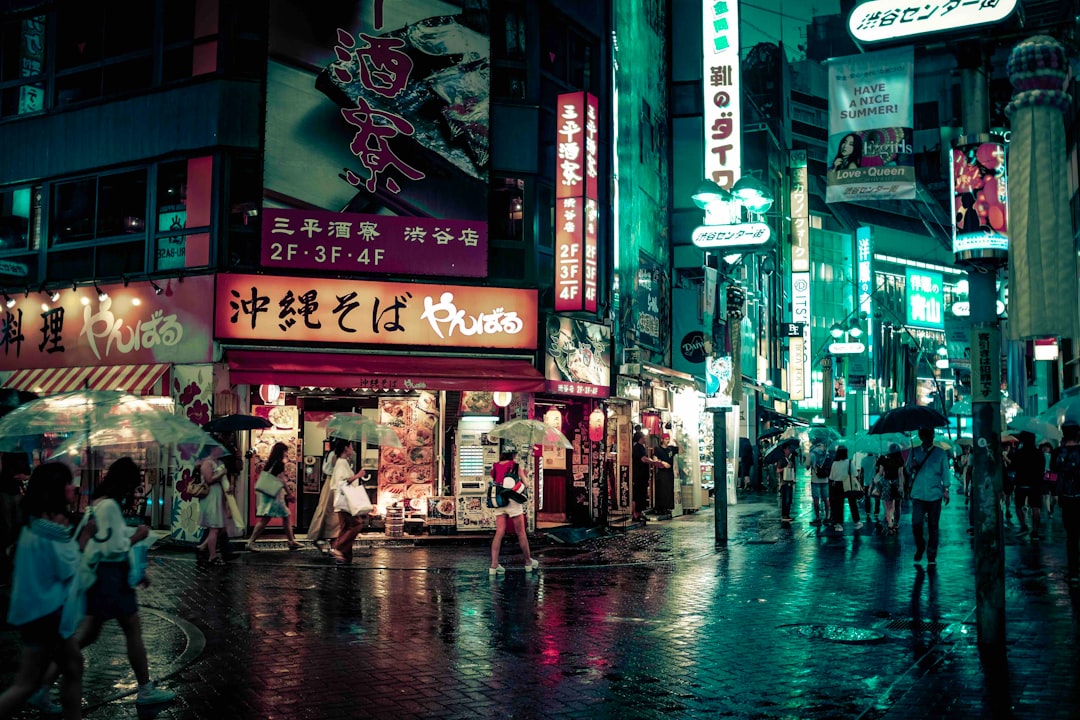
Maximizing Your Travel Experience: How to Make the Most of Your Itinerary.
# Introduction. Traveling is one of the most exciting activities one can embark upon, often combining the elements of adventure, discovery, and relaxation. However, without a well-structured itinerary, even the most picturesque destinations can become overwhelming. Whether you are a meticulous planner or a spontaneous traveler, optimizing your itinerary can significantly enhance your travel experience. In this blog post, we will explore various strategies on how to craft a balanced and enriching travel plan that resonates with your interests and maximizes your time. # Understanding Your Destination. Before creating your itinerary, it's essential to have a deep understanding of the destination you are visiting. Research the culture, landmarks, and local customs. Make sure to read up on the geographical layout of the area to avoid cramming too many places into a single day and ending up exhausted. Use travel blogs, guidebooks, and social media platforms like Instagram and YouTube to gather first-hand experiences from other travelers. Additionally, check the seasonal climate and peak tourist times so you can plan your activities accordingly. This foundational knowledge will provide you with a clearer picture of what to include in your itinerary and help you make informed decisions. # Prioritizing Must-See Attractions. Once you have gathered information about your destination, the next step is to prioritize the must-see attractions. Identify the top sites that align with your interests, whether they be historical sites, natural wonders, or modern landmarks. Create a list of these attractions and group them by their proximity. This approach will not only save you time traveling between sites but also allow you to immerse yourself in specific areas, making your experience richer. Balance your itinerary by incorporating different types of attractions to cater to diverse interests and preferences within your travel group. # Allowing Flexibility in Your Schedule. While having a detailed itinerary is beneficial, incorporating flexibility is crucial. Travel plans can often change due to unforeseen circumstances like weather conditions, transportation delays, or even sudden inspiration to stay longer at a particular location. Leave open slots in your schedule for spontaneous adventures or relaxation time. Consider reserving one or two half-days within your itinerary where you can explore without a set plan. This flexibility can lead to unexpected opportunities that create lasting memories and enhance the travel experience. # Planning for Downtime and Meals. A common mistake travelers make is underestimating the importance of downtime in their itinerary. Days filled with non-stop activities can lead to burnout, diminishing the overall travel experience. Integrate some leisurely moments into your schedule where you can rest, people-watch, or simply enjoy your surroundings. Additionally, planning meals can also elevate your travel experience. Research local dining options in advance and consider making reservations for popular spots. Combining meal times with sightseeing, such as enjoying a meal with a coast view or a dinner at a renowned local spot, can create memorable dining experiences. # Utilizing Technology and Apps. In the digital age, technology has transformed how we travel. Make the most of your itinerary by using travel apps for navigation, restaurant reviews, and itinerary organization. Google Maps, TripIt, and Yelp, for example, can provide you with directions, estimated travel times, and real-time reviews of nearby attractions or eateries. By syncing your itinerary with a travel app, you can ensure you have all necessary details at your fingertips, allowing for easier navigation and adjustments on the go. # Conclusion. Crafting a well-structured and flexible itinerary is essential for making the most out of your travel experiences. By taking the time to understand your destination, prioritize key attractions, and build in flexibility, you can create a travel plan that maximizes your enjoyment and minimizes stress. Remember that the journey is just as important as the destination. So while you may be keen to stick to your itinerary, embrace spontaneity. Some of the best travel memories are made when we allow ourselves to wander off the beaten path. Happy travels! .







